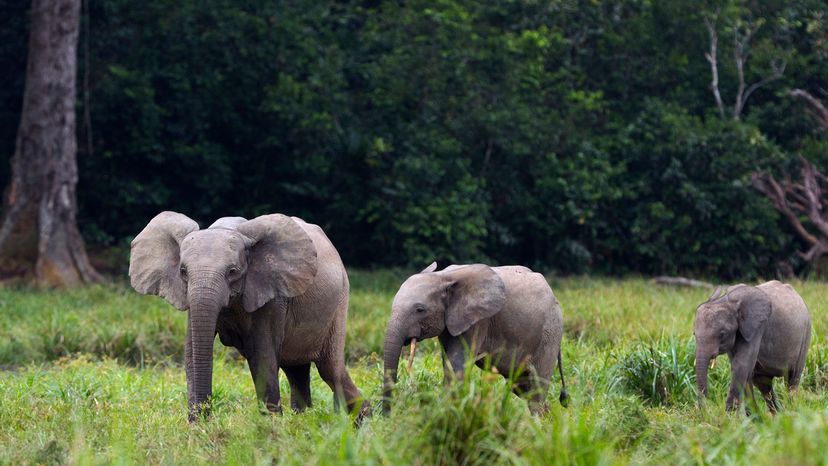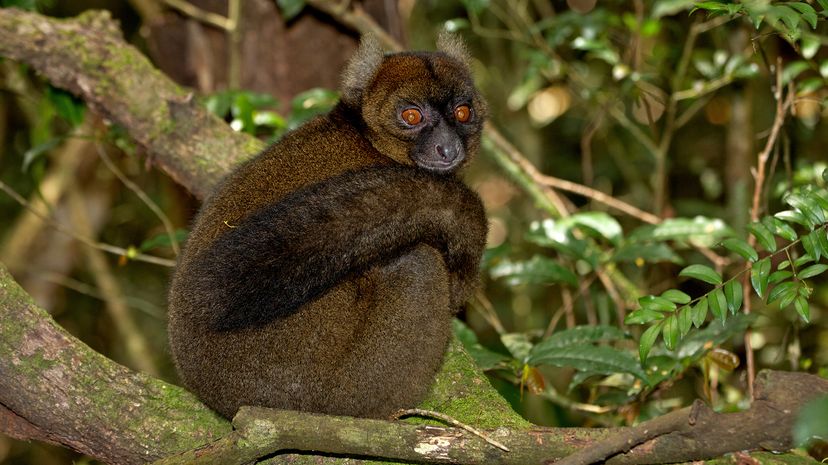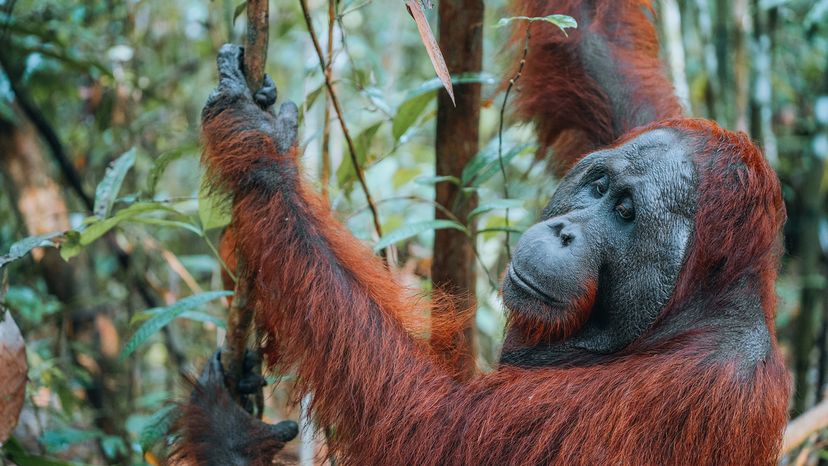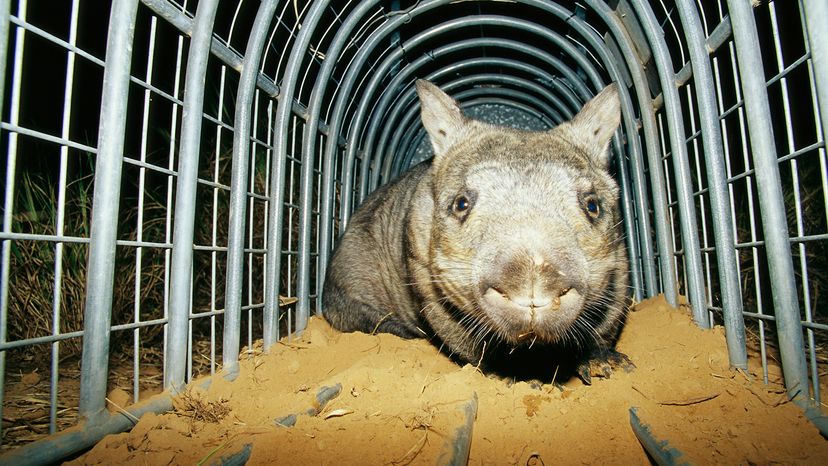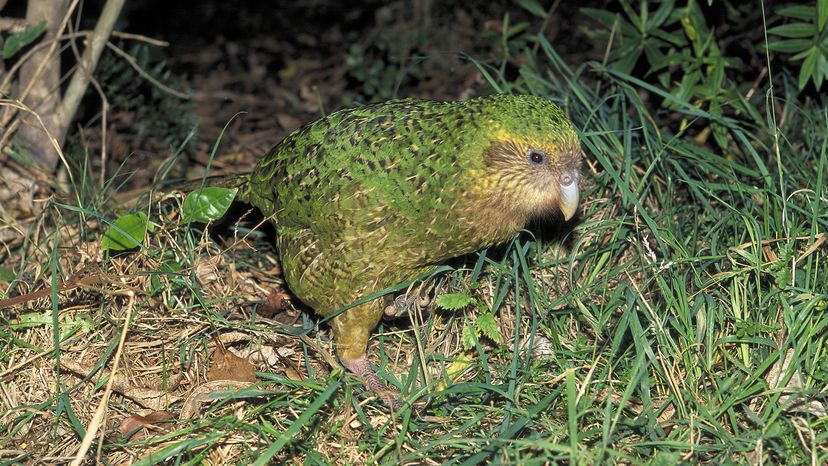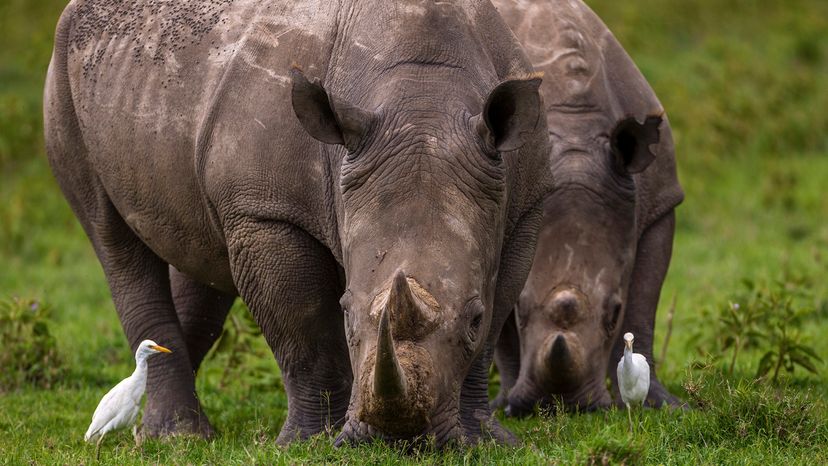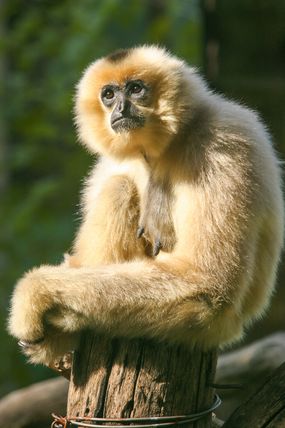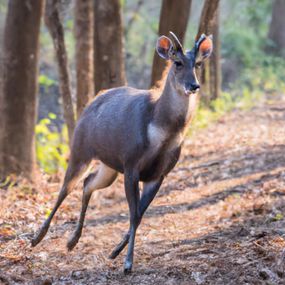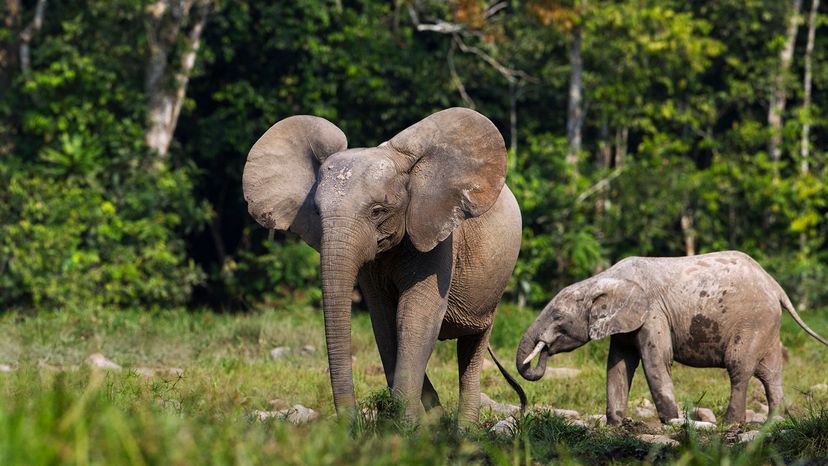
Key Takeaways
- The African forest elephant, Tapanuli orangutan and vaquita are among the world's most critically endangered species, with populations dwindling due to habitat loss and poaching.
- Conservation efforts have seen mixed success; for instance, the northern hairy-nosed wombat population increased from 35 to over 300, due to protective measures.
- Many of these rare animals, like the saola and Hainan gibbon, are elusive and difficult to study, complicating conservation efforts.
The International Union for Conservation of Nature is the world’s authority on the rarest animals in the world. The species on its list fall into one of nine categories: Not Evaluated, Data Deficient, Least Concern, Near Threatened, Vulnerable, Endangered, Critically Endangered, Extinct in the Wild and Extinct.
The IUCN Red List includes more than 3,800 critically endangered animals. These rare species are still found in the wild but are dangerously close to becoming extinct. Read on to learn about some of the most interesting and important critically endangered species.
Advertisement
Advertisement
